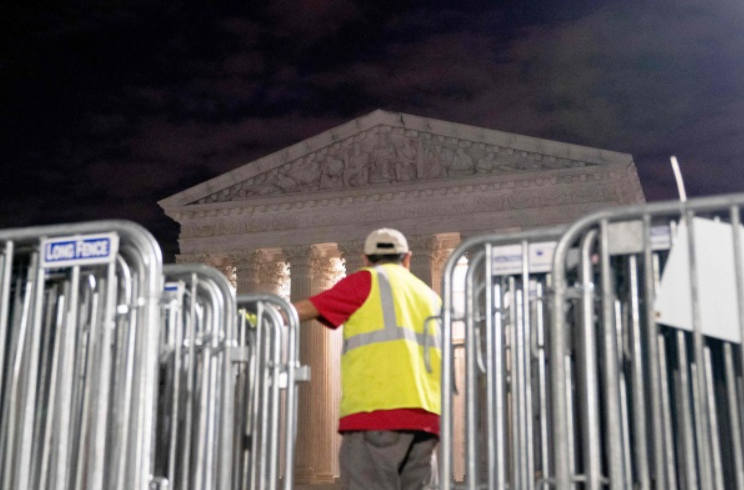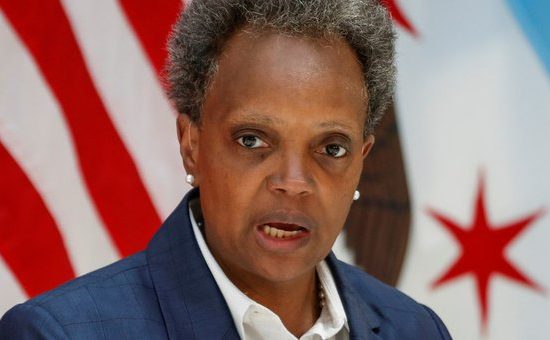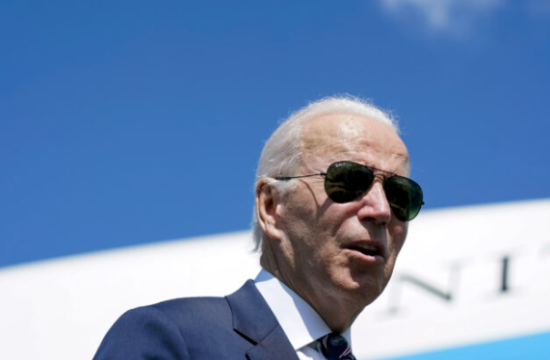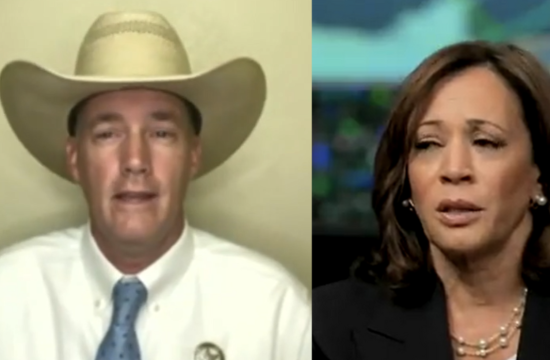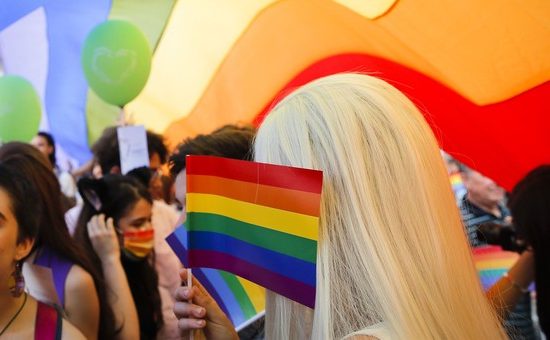Since March 2020, the United States has been encircled by an intimidating security barrier and closed to the public. From behind closed doors, with not a single justice in sight, the Supreme Court is ready to make a landmark rule in the coming weeks that may severely reduce abortion rights.
Since the implementation of COVID-19 pandemic measures in March 2020, no members of the public have been permitted into the courts. Following the May release of a draft decision indicating that they are ready to overturn the historic 1973 Roe v. Wade case that legalized abortion statewide, there have been protests and threats against several of the nine justices. The court’s conservative majority is 6-3.
The court constructed the 8-foot (2.4-meter) tall barrier in the days following the breach as part of its increased security tactics.
While the rest of official Washington, including other government buildings such as the White House and Capitol, has reopened its doors to the public at least partially as the pandemic fades, the Supreme Court of the United States remains in a state of lockdown with a siege mentality, despite wielding enormous power over public policy.
The fencing, according to Guido Reichstadter, an abortion-rights activist who has been camping out in front of the courtroom since June 1, shows how out of touch the judges, or at least the six conservative ones, are with popular opinion.
Reichstadter was caught on June 6 and spent the night in jail after tying himself to the fence by the neck.
Since the Politico news organization disclosed the draft abortion ruling authored by conservative Justice Samuel Alito on May 2, emotions have been running hot.
Protesters have gathered outside the houses of some of the conservative justices since then. Nicholas Roske, a California man who was caught near Justice Brett Kavanaugh’s Maryland home on June 8 with a revolver, ammo, a crow bar, and pepper spray, was charged with attempted murder.
Due to Republican opposition, Congress did not include safeguards for the families of Supreme Court clerks and other staff in legislation enacted on Tuesday to beef up security for the nine justices.
Following the leak, conservative Justice Clarence Thomas, who has criticized the Roe decision, stated at a legal conference in Atlanta on May 6 that the court should not be “bullied into giving you just the outcomes you want.”
Anti-abortion activists sympathize with the judges’ safety worries, claiming that they, too, have received threats as a result of the leak.
When asked why the justices had not begun reading announcements from the bench, a court representative did not comment. The court has not stated when or if these hearings would resume. It has showed no evidence of live-streaming audio of opinion announcements in the same manner that it has offered audio of oral arguments.

